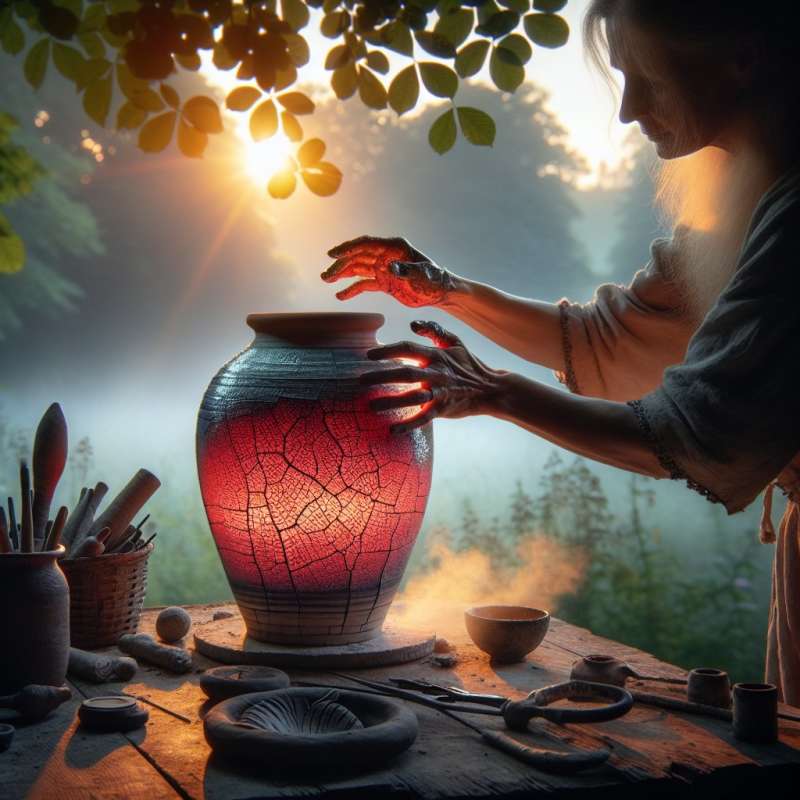
Introduction to Glazing
Glazing pottery is a transformative process. It involves applying a liquid glass layer to bisqueware, which vitrifies in the kiln to create a glassy surface, enhancing durability and aesthetics of pottery.
History of Glazing
Pottery glazing dates back over 5,000 years. Ancient Egyptians used it to waterproof their pots. Glaze compositions and styles have evolved, reflecting cultural and technological advancements across various civilizations.
Types of Glazes
Glazes vary in composition, finish, and firing temperatures. Common types include matte, glossy, and satin. Specialty glazes, like crystalline and aventurine, create unique effects. Each type interacts differently with clay bodies.
Glazing Process
The process entails three main steps: preparing the bisqueware by cleaning it, applying glaze through dipping, brushing, or spraying, and finally firing the ware in a kiln to between 1,800°F to 2,400°F, depending on the glaze.
Chemistry Behind Glazing
Glaze is a mixture of silica, fluxes, and metal oxides. Silica creates the glass, fluxes melt it, and oxides add color. During firing, the glaze melts and reacts with the clay, fusing to the surface.
Firing Techniques
Firing can be done in electric, gas, wood, or raku kilns, each imparting distinct qualities. For example, raku firing results in unique crackle textures and metallic effects not obtainable through other methods.
Glaze Innovations
Modern advances include digital ceramic printing on glazes and eco-friendly formulas reducing environmental impact. Innovations in glaze chemistry have expanded the palette and textures available for ceramic artists.Radioactive Red Glaze
In the early 20th century, some ceramics were glazed with uranium oxide, making them slightly radioactive but giving a vibrant red color.
What transforms in the kiln's heat?
Bisqueware to glassy surface
Clay to silica
Fluxes to oxides
Company